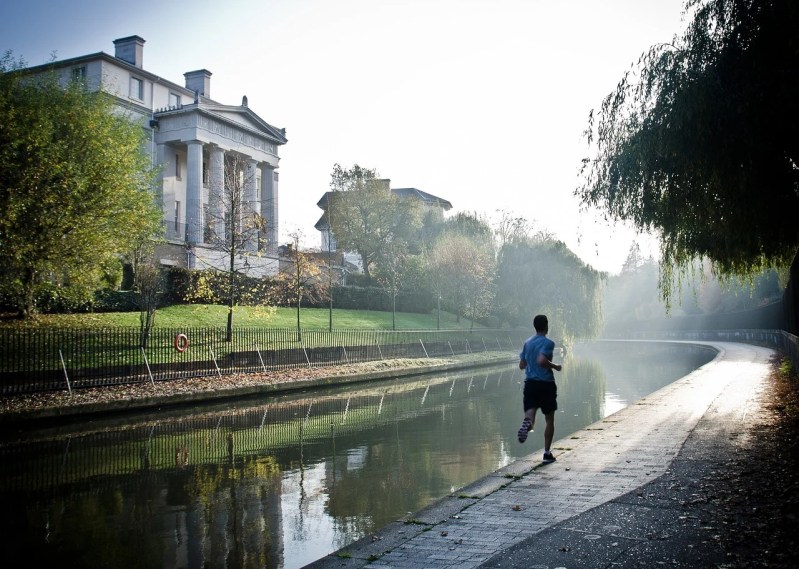
A fitness routine doesn’t have to be expensive to start having a positive impact on your overall health. One of the most accessible forms of exercise comes from the activity you’ll see on any given day in nearly any town or city in most countries of the world, and that’s running. After all, running is one of the most popular forms of exercise because you can do it virtually anywhere. In fact, according to Statista, in 2017, nearly 56 million adults participated in running/jogging and trail running in the U.S. alone.
It’s no wonder that the sport of running has such an avid fan base of millions of dedicated runners around the globe. Sometimes the hardest part is just getting started, but once you work past the initial discomfort, running has some amazing benefits that improve your physical and mental health, improving your overall well-being.
From improving the health of your heart and lungs and reducing your risk of various diseases to improving your mood and self-confidence, running has numerous benefits, which is why it appeals to almost anyone. Keep reading to see which benefits of running resonate with you and inspire you to lace up your running shoes and hit the road, track, treadmill, or trail.
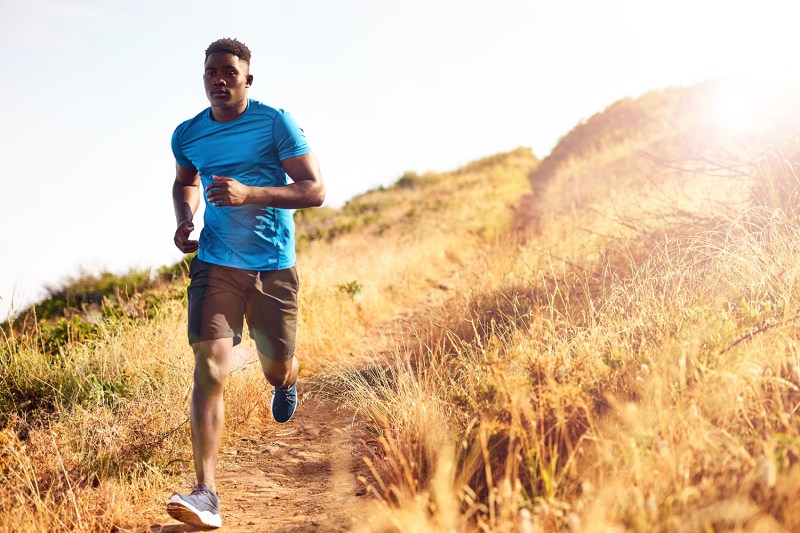
Benefits of running
The list of benefits of running is extensive, spanning the gamut from improving cardiovascular fitness to reducing stress. Here are some of the key benefits:
#1: Running improves cardiovascular health
If you’ve ever run to catch a subway, a child, or your dog, and felt breathless immediately afterward, it probably comes as no surprise that running works your cardiovascular system. Your heart rate increases as you run to pump more blood (and thus oxygen and nutrients) to your working muscles.
Over time, with consistent running, your heart and lungs adapt. Your heart becomes stronger, enabling it to pump a greater volume of blood per beat, and your lungs become more powerful and capable of taking in more air per breath. As your cardiovascular efficiency improves, you’re able to run faster with less effort.
#2: Running builds muscular strength
At some point, most of us have walked behind a runner and envied their muscular, defined calves. As long as you are properly fueling your body with enough calories and protein to support your training, running can help build muscle and increase strength. As a total-body workout, running strengthens your legs, core, and upper body.
#3: Running increases bone density
Numerous studies have demonstrated that high-impact activities like running place stress on bones that stimulate them to adapt by laying down more minerals within the bony matrix to strengthen the structure. Running also increases the production of bone-building hormones in the body, stimulating the body to make more bone cells and inhibiting the activity of cells that break down bone cells. Stronger bones are more resilient and less likely to fracture.
#4: Running improves markers of health
Studies have shown that consistent running can lower blood pressure and resting heart rate, improve blood sugar control, lower triglycerides, as well as lower cholesterol. It can also reduce waist circumference and body fat percentage. Improving these markers of health can reduce disease risk and help you feel healthier overall.
#5: Running reduces stress
Getting outside and pounding the pavement or trail is a great way to diffuse stress and tension. Running can lower the stress hormone, cortisol, which helps you feel more relaxed.
#6: Running boosts confidence
Running is a lot about goal setting and achieving things you didn’t think were possible. As such, running can help develop a sense of self-efficacy and boost your self-confidence.
#7: Running burns calories
Running is a metabolically demanding exercise and burns a lot of calories. In fact, running is one of the most efficient types of exercise when it comes to the number of calories burned per minute, so if fat loss or weight loss is your goal, running can contribute to creating the calorie deficit you need to burn fat.
#8: Running is accessible
Besides a good pair of running shoes, you need very little equipment to get started running. That said, having the right gear will keep you comfortable in different seasons. For example, you’ll want warmer layers for winter running and wind-resistant gear for fall running.
#9: Running improves your mood
The “runner’s high” isn’t some fictionalized unicorn or elusive wonder; rather, it’s a rush of mood-boosting endorphins brought on by a long-distance endurance run. Finishing a good run can leave you feeling proud, capable, powerful, and even elated, ready to conquer anything that comes your way with a good attitude. If you suffer from depression, running can alleviate symptoms and stabilize your mood.
#10: Running can connect you to nature
Though treadmills are viable training tools, if you choose to run outside, running gives you a chance to unplug from technology and screens and connect with nature. Much of our lives takes place inside these days, but research shows that exercising outside independent of any other factors provides significant mental health benefits over indoor workouts. Whether you find a peaceful wooded trail or a local park, getting outside while running is a sure way to soak up some vitamin D and fresh air.
#11: Running can be social
There are thousands of running groups and running clubs all over the country (and world) that enable new and veteran runners alike to connect and enjoy miles together. You may meet a whole new group of buddies and develop relationships that last a lifetime.
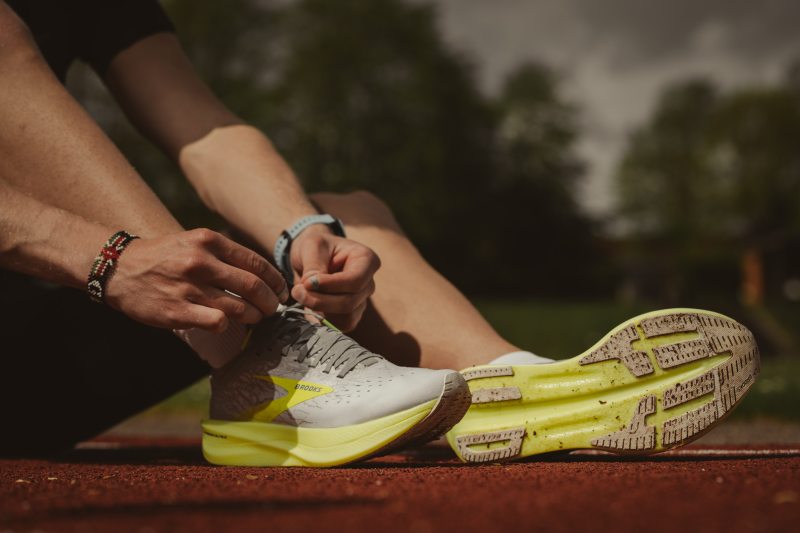
Tips for getting started
In many ways, running is as simple as it sounds, and we are innately wired to have the movement patterns we need to run. However, getting started with running isn’t just a matter of lacing up your running shoes and hitting the road — or at least that’s not the full extent of it. Because running is a high-impact activity, you need to progress slowly and build up your volume, mileage, and speed over time. If you’re not currently running, or are just starting out, consider the following helpful guidelines for a safe introduction and initiation into running.

Start with walking
Depending on your current fitness level, you may need to start out with walking. If you haven’t been active at all for quite some time, just walk the first week, increasing your distance and speed each day. If you’re hitting the gym or working out in other ways, you may be able to jump right into jogging, though many beginning running programs recommend interspersing walking breaks into your running over the first couple of weeks. Walking breaks give your heart and lungs a chance to relax a little and also change up the muscular demand on your legs. As you get fitter, reduce the frequency and duration of walking breaks.
Don’t push yourself too hard
It takes the muscles, bones, tendons, and ligaments longer to adapt to the stresses and impact of running than it does for your cardiovascular system to adapt to the aerobic demands. In other words, you may feel like you can keep going and do more miles from a breathing standpoint, but you should limit your mileage as you get started running to avoid overdoing it on your body and risking musculoskeletal injury. Many beginning runners become overly eager and end up sidelined with an injury in the first few weeks of training. This can be sidestepped with a conservative, gradual increase in distance and speed.
Get fitted for shoes
If you have the ability, it is highly recommended to visit a local running shop to get your gait analyzed. Shoe experts can recommend the best running shoes for your biomechanics to prevent injury.
Follow a plan
Consider following a running plan or program for beginners to ensure you ramp up your training safely and effectively.
Give your body a break
Be sure to take adequate rest days or opt for low-impact exercise on alternate days to reduce the impact and stress on your body as you build strength.
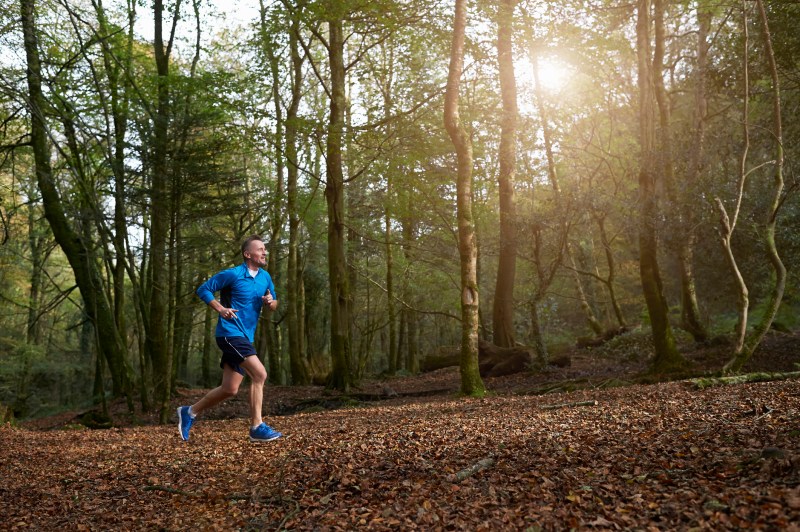
Know the risks and how to avoid them
While running has so many health benefits, there are some risks to overtraining and running too much. Fortunately, most of these can be mitigated or avoided altogether through a healthy diet, getting plenty of rest, and not pushing yourself too hard.
According to running shoe company Asics, running could actually lead to a loss of muscle mass. While that seems counter-intuitive, during exercise, the body will burn muscle as well as fat as it tries to shed excess weight. To avoid this, eat plenty of protein and look to incorporate interval training, which is short bursts of speed followed by a period of rest, allowing the body to burn fat instead of muscle.
There are also some minor injuries that could happen while you are running, which, while small, can still be painful. Blisters will slow any runner down. To avoid getting blisters while you run, make sure you have good running socks and that your shoes fit well.
Cramps are also common among runners. To avoid getting cramps during your run, make sure not to eat a big meal before running and be sure to be fully hydrated before you start out. Also, to avoid irritating chafing during your run, it’s important to wear high-quality breathable clothing designed for runners that wicks sweat away from your body.
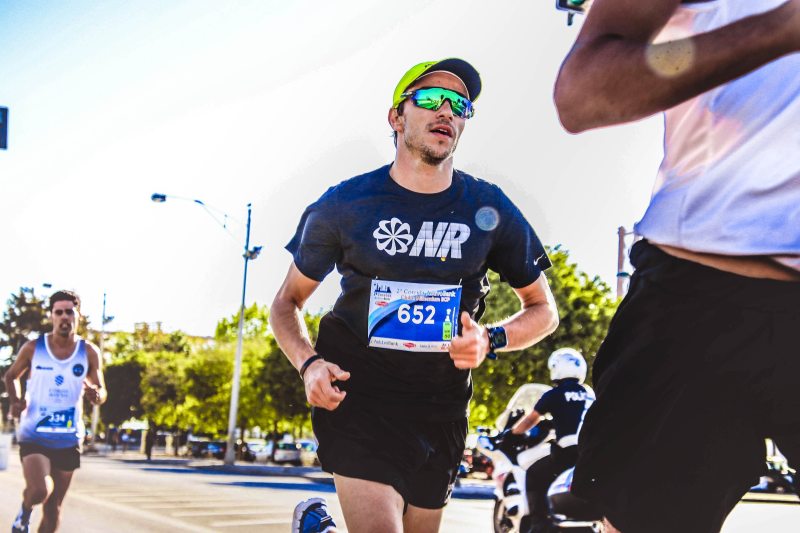
Running for everyone
Regardless if you run for its numerous health benefits or for the fact of how easily accessible it is, you’re one of the millions who partake in this sport on a daily basis. If you utilize our tips above, you are sure to reap the rewards of running throughout your entire life.



